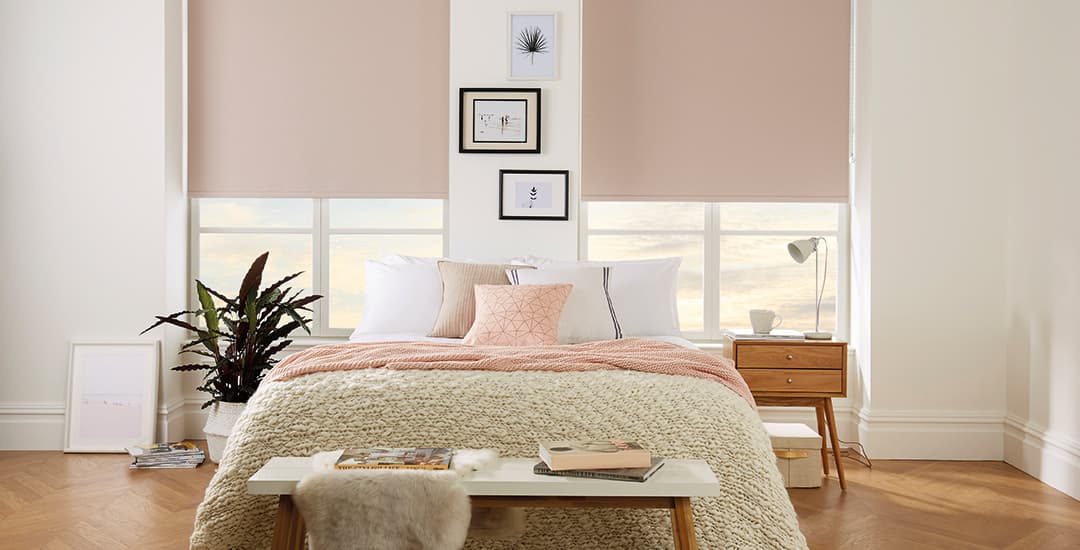
Blackout blinds are window blinds that theoretically make the whole of the inside of a room as dark as a combat medic’s sense of humour. The idea is that when you close the blinds, they block out the sun to the point that you wouldn’t know if it was day or night outside, or in more practical terms, you won’t wake up at 6am just because the sun decided you ought to.
Do blackout blinds work in reality though? This sort of depends on what you mean by “work,” but more accurately, depends on how you hang them. If you hang your blackouts in a certain way, then yes, you can theoretically block out all or virtually all external light, even full blinding sun.
That said, blackout blinds aren’t a hermetic seal against UV rays, and the idea that they will automatically block 100% of external light is one of the most common misapprehensions about blackout blinds, and one that I explained in more detail previously.
In this blog post, I’ll cover the factors that dictate how well a blackout blind works in terms of the amount of light it blocks, what blinds are best for blackout applications, and how to maximise the amount of light blackout blinds deflect.
How well do blackout blinds work?
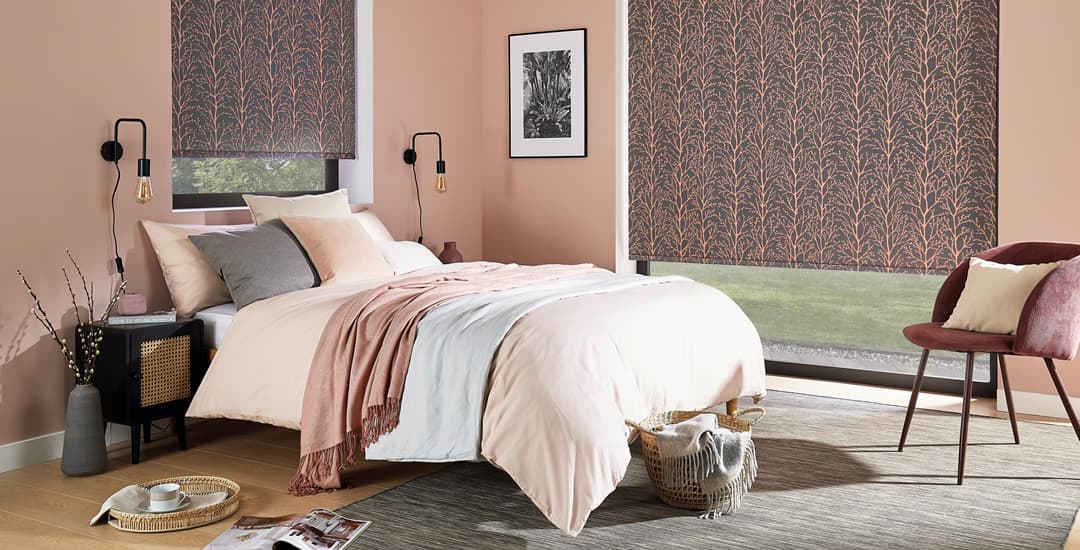
There are two elements to this. The first is how well the fabric of the blind blocks light, and the second is how you hang the blind.
In terms of how well the fabric of a blackout blind blocks the light, well, any blind worth the name “blackout” should do exactly what it says on the tin. For instance, if you held a bright torch flat against a pane of glass with the blind’s fabric between the two, no light should come out on the other side of the fabric.
However, even if the fabric itself functions like a dark portal to another world, how you hang a blackout blind largely dictates how effective the blind as a whole is, in terms of how much (if any) light escapes around the edges.
This means that to maximise the impact of a blackout blind’s black-outening, you need to fit it with avoiding light leakage in mind.
How to fit a blackout blind to make it more effective
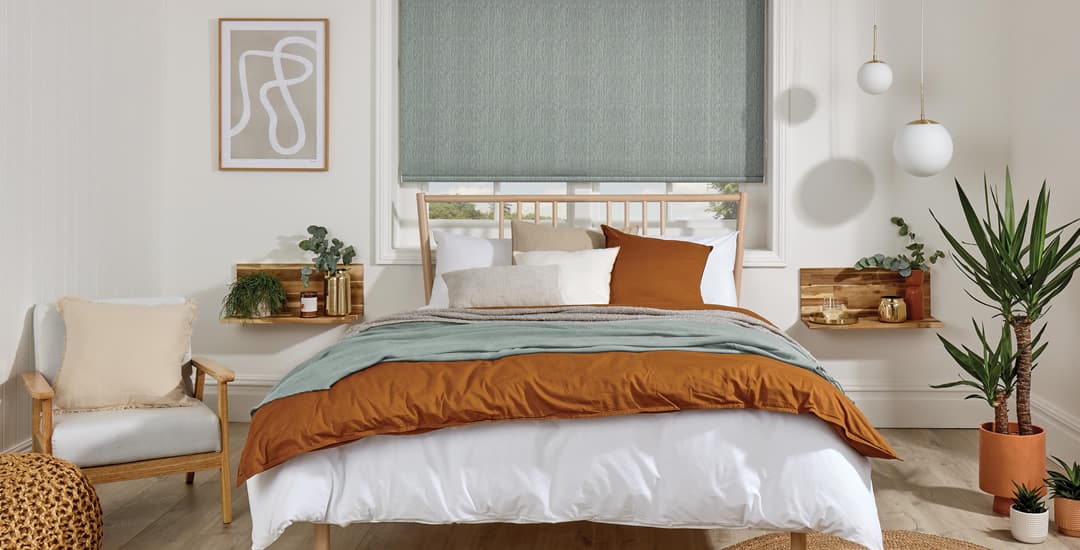
There are two basic positions/locations to choose between when fitting a window blind; inside of the window recess itself, and outside of the recess/over the front of the window respectively.
Fitting a blind outside of the recess is the way to go to maximise the effectiveness of a blackout blind. This is because if you fit the blind inside of the window recess, you’re going to get a small amount of light filtering out around the sides, top, and bottom of the blind.
To be fair, the impact of this is likely to be negligible; it’s unlikely to be enough to wake you up if you’re actually asleep unless you’re really light-sensitive, but it could be enough to keep you awake and irritate you if you do happen to wake up before the alarm.
The best way to fit a blackout blind to keep virtually all of the sunlight outside where it belongs is to hang the blind outside of/in front of the recess of the window; and to buy a blind that has 10cm or so additional width either side, and at the top and bottom of the window, as a buffer.
This will prevent a lot more of even the most determined of sunbeams from escaping around the edges.
Can you use a blackout blind to create a 100% pitch dark room with absolutely no margin for error?
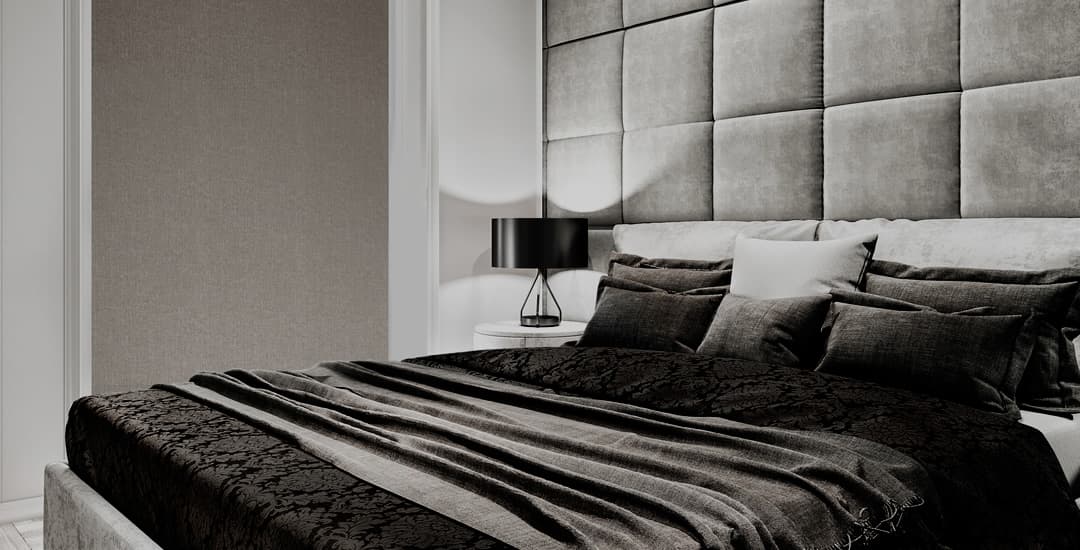
There are really only two ways to be 100% sure that you keep all external light short of nuclear explosion out of a room. Other than bricking up the window, so that’s three options to be fair.
The hard way would be to fit external light blocking shutters to the exterior of the window, and to use a blackout blind inside.
The easier way would be to hang a blackout blind inside of the window recess in direct contravention of what I just told you to do a minute ago, but then to add a pair of blackout curtains to the outside of the window recess too, with a significant buffer zone at the top, bottom, and sides.
What blinds are best for blackout?
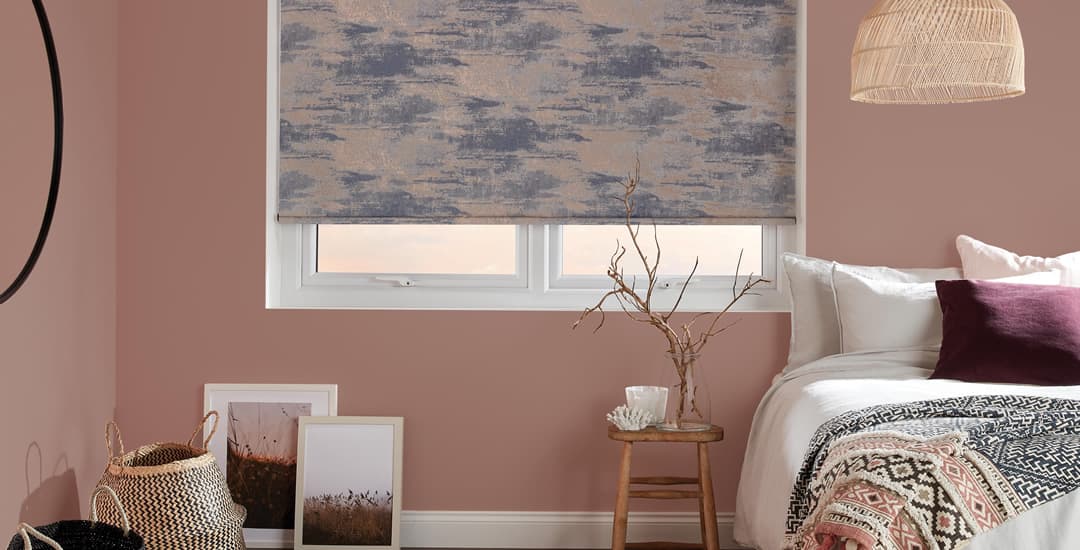
In blackout roller blinds, the fabric of the blind is all one piece and that whole piece should block the light and Roman blinds have a blackout lining fabric. With vertical blackout blinds, however, the fabric hangs in strips. So for the fabric to block out the light, those strips need to lie flat against each other with a reasonable overlap, coming together to form a continuous sheet of blackout fabric.
This means that blackout roller blinds are probably the most popular choice overall. These, and Roman blinds (which tend to be more costly and that may not be suitable for all applications, such as humid rooms like kitchens and bathrooms) are those most likely to avoid light escaping around the blind’s edges.
Blackout vertical blinds are slightly more prone to light leakage; you have to ensure their louvres lie flat against each other to maximise their sun blocking effect.
As a blind for a home office where you need to black it out entirely for, say, Zoom calls, this is unlikely to be a problem. Also, the fact you can tilt the louvres to filter light instead of blocking it (to avoid screen glare, for instance) makes vertical blackout blinds perhaps the most versatile choice for home offices.
But when it comes to blackout blinds for a bedroom, roller blinds or Roman blinds have an edge in operational terms, even if you’ve hung whatever type of blinds you have in such a way as to minimise or fully negate light leakage. Why?
Well, a roller or Roman blind fully closed is one continuous piece of blackout fabric. A blackout vertical blind might appear to be fully closed in terms of the louvres being flush at a glance.
But if you go to bed in the dark, unless you have a particularly argumentative streetlight right outside your window to tip you off, if you’ve left the louvres tilted a fraction the first you’re likely to know about this is when the sunlight wakes you up by filtering through the small gaps at 6am.
Generally, blackout roller blinds and blackout Roman blinds are the most black-outy options, and what I would consider to be the safest overall choice.




